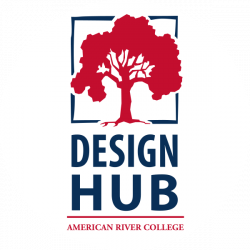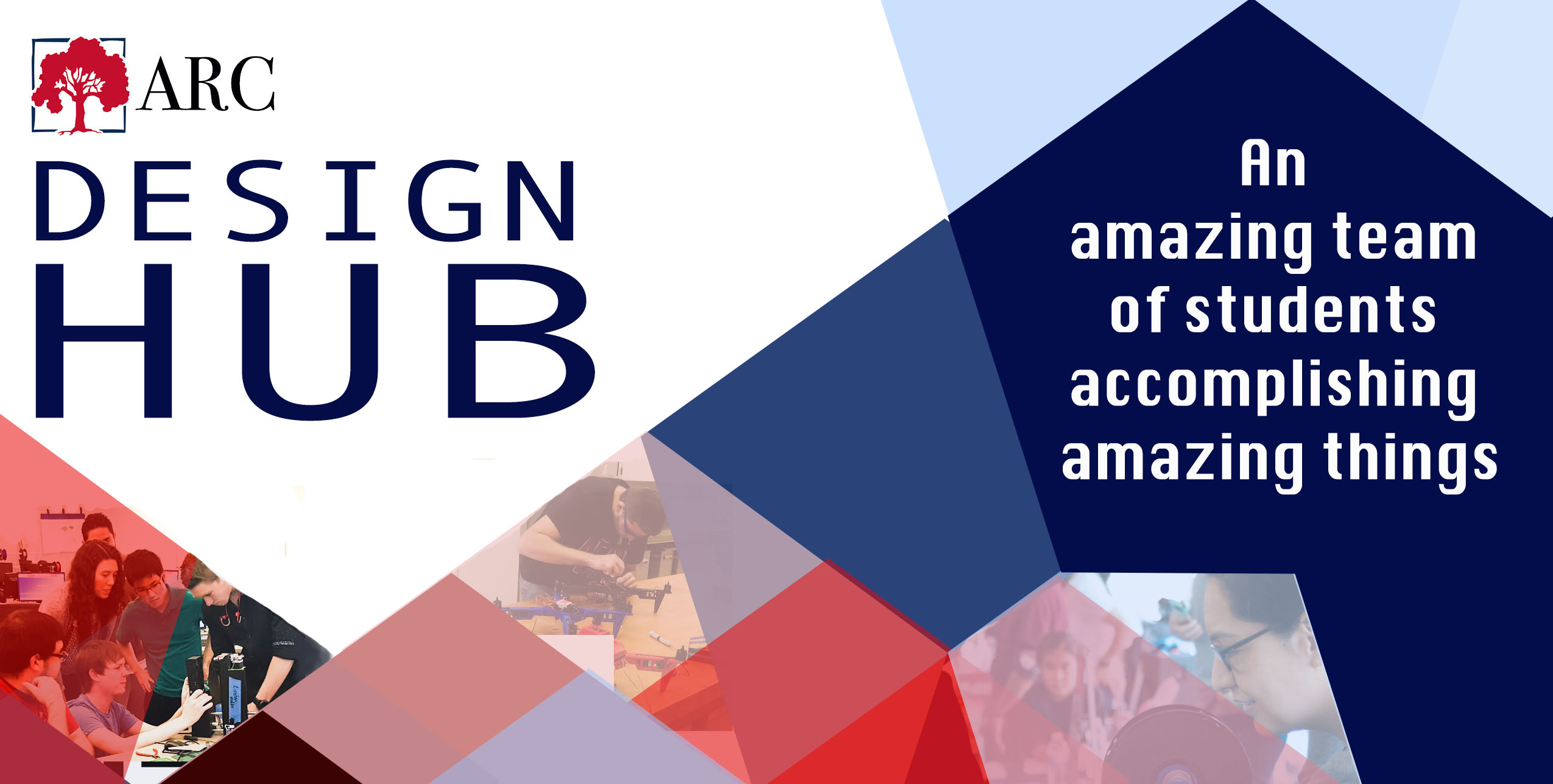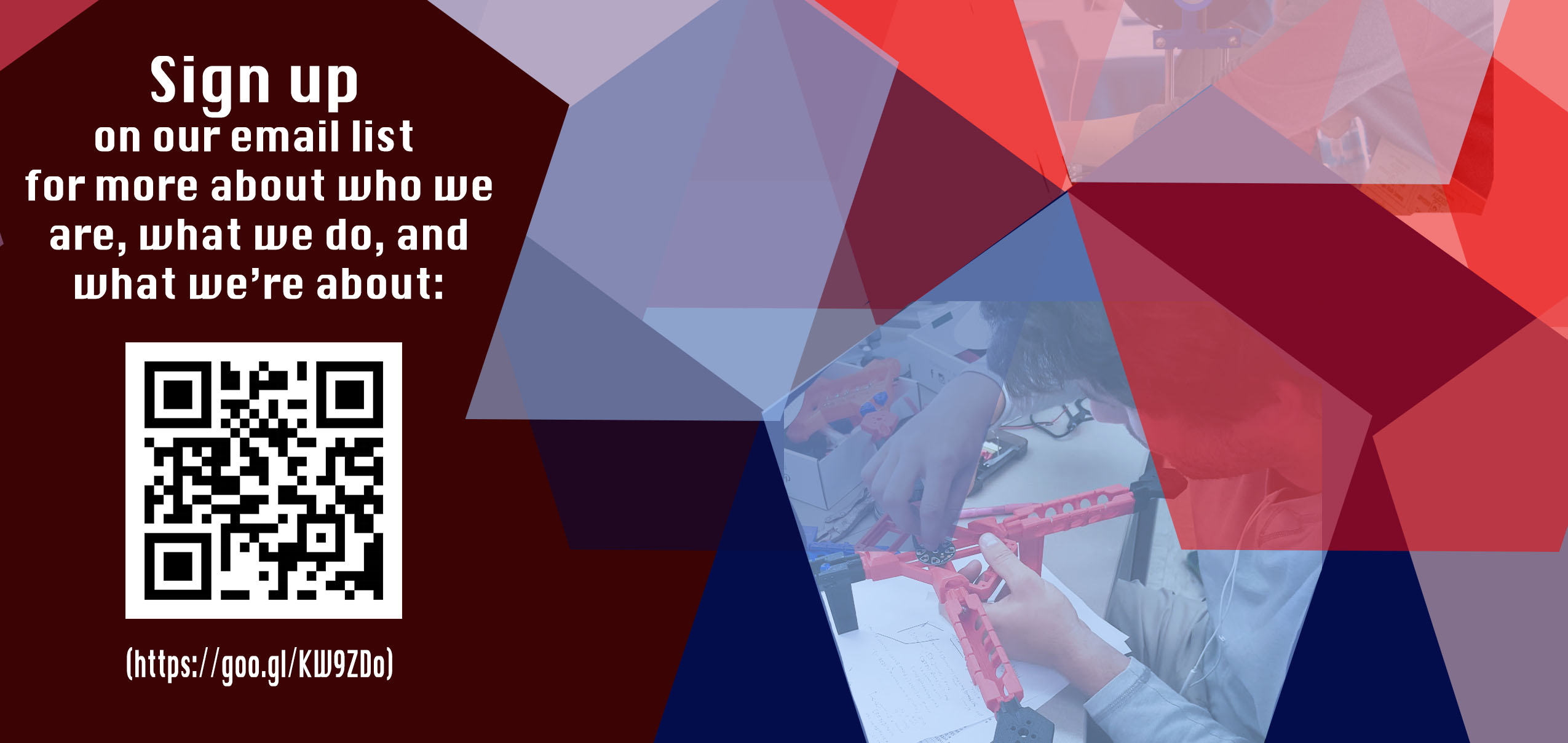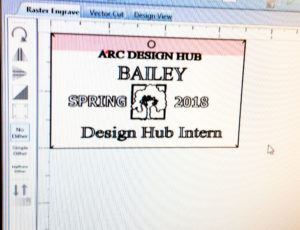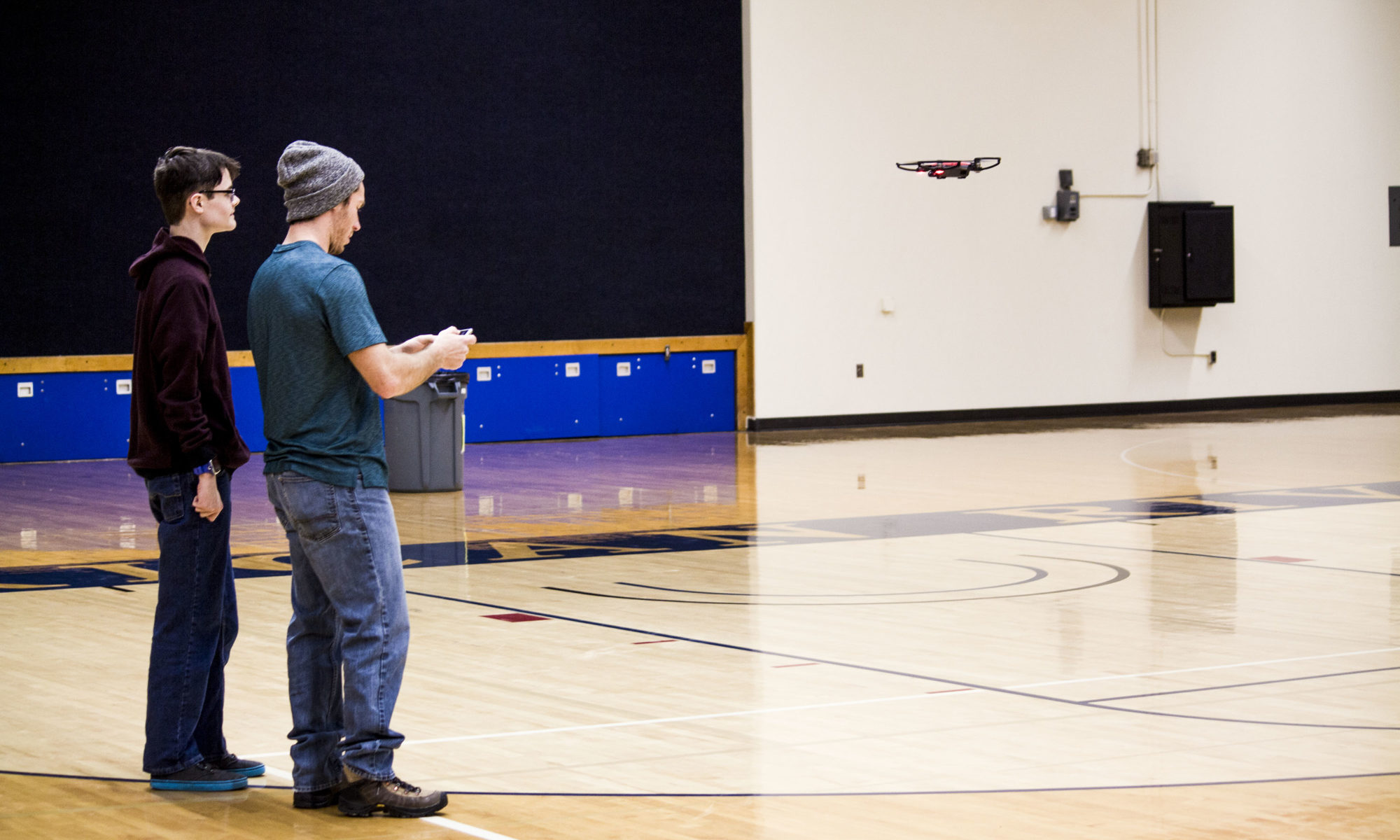We sat down with Dave and Melissa to explore their new project titled, Constant Backflow Monitor. Interns Dave and Melissa, along with Prof. Randall Schuster worked on this project. Randy was asked by a former co-worker who works in the industry for this project. The Constant Monitor Backflow project is a new system where we monitor the backflow prevention to detect problems before they happen. The purpose of the backflow preventers is to prevent the contamination of the pure water on campus with the sewer lines.

Now, it can be constantly monitored which will help to detect problems sooner so that they can be fixed in a timely manner. This project was ordered because the annual tests would only detect problems once a year, but now it can detect problems to be fixed quicker which will increase productivity, and they do not need to turn off the water for the constant monitoring, where with the annual tests the water had to be shut off. The project began about two years ago, and the interns predict that it won’t end because the project is constantly evolving and they are brainstorming new ideas to improve its productivity. They hope that by the end of the summer, there will be monitors over the entire campus. Currently, they have one backflow moinitor. By the end of the summer, the interns’ goal is to have one monitor per backflow all over the campus. By increasing the number of monitors, this will help increase the prevention of problems.

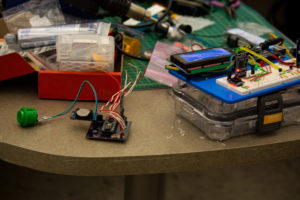
Design Hub interns, Bailey Wineland and Angelique Doty, were responsible for documenting this project with photographs and written articles from interviewing them.

